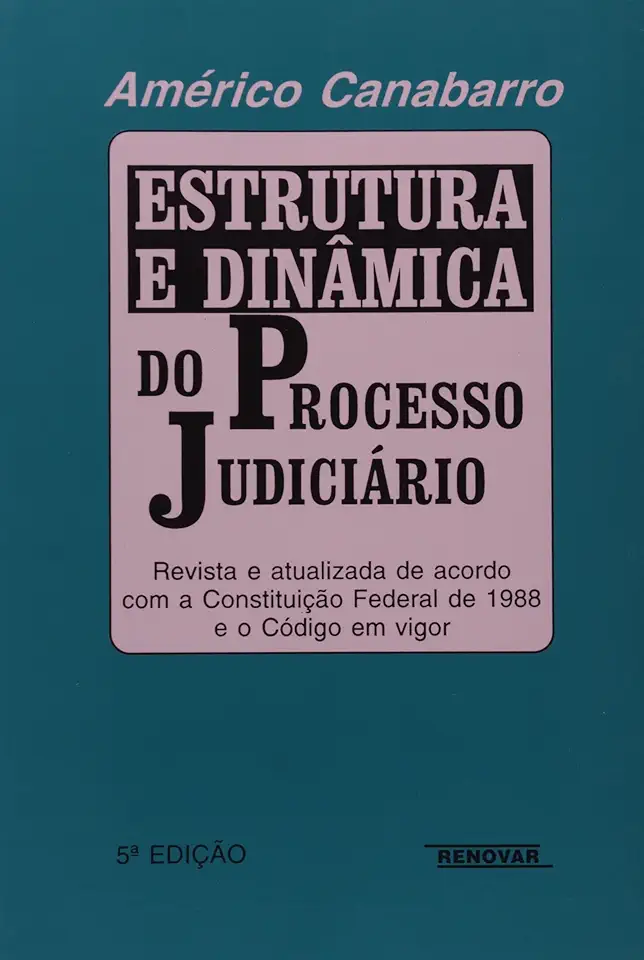
Structure and Dynamics of the Judicial Process - Américo Canabarro
Structure and Dynamics of the Judicial Process: A Comprehensive Guide to Understanding the Legal System
Introduction
In today's complex and ever-changing legal landscape, it is essential to have a thorough understanding of the structure and dynamics of the judicial process. This comprehensive guide provides a detailed overview of the various components and mechanisms that shape the legal system, offering readers a deeper appreciation of how justice is administered.
The Foundation of the Judicial Process
The book begins by establishing the foundation of the judicial process, exploring the fundamental principles and concepts that underpin the legal system. It delves into the sources of law, including statutes, case law, and regulations, and examines the role of courts in interpreting and applying these laws.
The Structure of the Court System
A comprehensive understanding of the judicial process requires a thorough grasp of the structure of the court system. The book provides an in-depth analysis of the different levels of courts, from trial courts to appellate courts, and explains the jurisdiction and functions of each. It also explores the concept of judicial review and the role of the Supreme Court in shaping the law.
The Dynamics of Litigation
The book delves into the dynamics of litigation, shedding light on the various stages of a lawsuit, from the initial filing of a complaint to the final resolution of the case. It examines the roles of the parties involved, including plaintiffs, defendants, and their respective attorneys, and discusses the different types of evidence and procedures used in court.
Alternative Dispute Resolution
In addition to traditional litigation, the book also explores alternative dispute resolution (ADR) mechanisms, such as arbitration, mediation, and negotiation. It provides an overview of the advantages and disadvantages of ADR and discusses the factors that influence the choice of dispute resolution method.
The Role of Judges and Judicial Decision-Making
The book examines the critical role of judges in the judicial process and the factors that influence their decision-making. It explores the concept of judicial independence and the ethical considerations that judges must navigate. The book also analyzes the various theories of judicial decision-making and the impact of personal beliefs and biases on judicial outcomes.
The Impact of Technology on the Judicial Process
In the digital age, technology has significantly transformed the judicial process. The book explores the use of technology in courts, including electronic filing, e-discovery, and virtual hearings. It discusses the benefits and challenges of technology adoption and the implications for the future of the legal system.
Conclusion
"Structure and Dynamics of the Judicial Process" is an indispensable resource for anyone seeking a comprehensive understanding of the legal system. With its clear and engaging writing style, this book provides a thorough examination of the various components and mechanisms that shape the judicial process, offering readers a deeper appreciation of how justice is administered. Whether you are a law student, a legal professional, or simply a curious individual, this book is a must-read for anyone interested in the intricacies of the legal system.